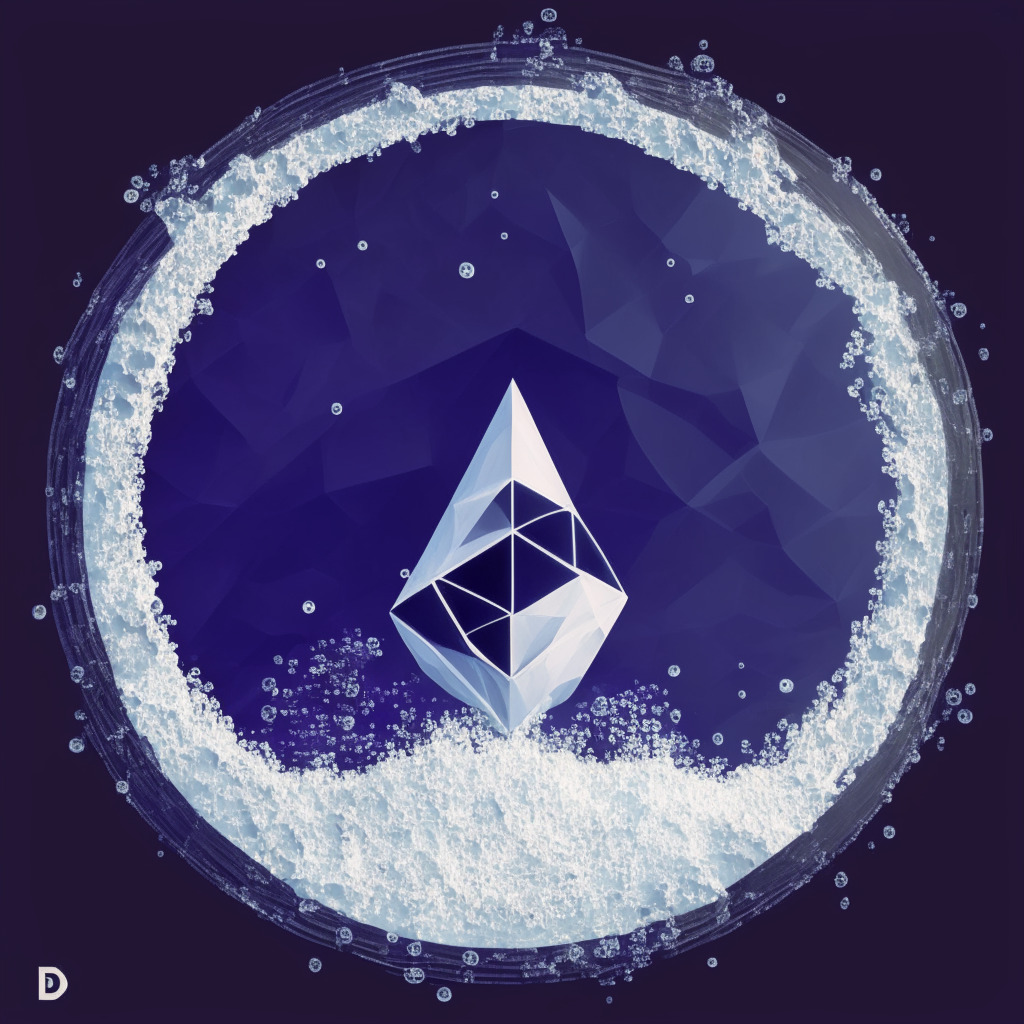The blockchain and finance technology firm, Circle, recently unveiled its native USDC tokens on the Ethereum Layer 2 scaling protocol, Polygon. Armed with this move, the stablecoin issuer intends to provide seamless accessibility of USDC to users and developers. Circle enhances its product offerings by including developer APIs and Circle Mint which facilitates Polygon-based USDC, tapping into the scaling potential of Polygon.
The next level of development on the docket involves businesses using USDC on Polygon for creating decentralized applications, aka, DApps. These applications are known to facilitate near-instant, fee-effective transactions, and could be transformatively constructive in various use-cases, including payments, remittances and trading.
Users within Polygon previously had to utilize bridge USDC or USDC.e derived from the Ethereum blockchain. The bridge token, not issued by Circle, has now been replaced by the newly introduced offerings by the firm which guarantees 1:1 redeemability with US dollars.
An important aspect to consider is the risk associated with bridge USDC.e. Circle announces the discontinuation of support for deposits and withdrawals for this service from November 10. This poses a risk to users as assets may become irrecoverable for users attempting to send bridge USDC.e to accounts under Circle Mint post this date.
Supported by its burgeoning market capitalization, the introduction of native Polygon USDC will aid dollar-based low-cost international payments, remittances, and trading, providing for an enriching user experience within leading DeFi protocols, Aave, Compound, Curve, Uniswap, and Quickswap.
The blockchain future sees an amendment to the cross-chain transfer protocol to Polygon, thereby enabling interoperability with other blockchain networks. Even though this innovation meets approval from various quarters, its adoption faces significant hurdles. Specific challenges include the complex nature of technology and potential security concerns associated with blockchain and cryptocurrency management. Simplified user interfaces, advancements in training and education may help tackle these challenges, enabling users to navigate the blockchain landscape effortlessly.
While there exists a sense of skepticism pivotally surrounding the security and adoption parameters, it rests on the optimist’s shoulder to harness the transforming potential of blockchain technology, fostering a new era in finance and tech, powered by decentralized applications, poised to revolutionize businesses on a global scale. Critics, while appreciating the benefits, underscore the importance of careful navigation of the landscape, due diligence, and robust cybersecurity measures.
In conclusion, the launch of Circle’s native USDC is potentially a significant step forward in financial technology. However, it’s a delicate balance between the transformative potential of this innovation, and the security and adoption challenges it presents. Time will undoubtedly reveal the full ramifications of Circle’s endeavour.
Source: Cointelegraph




